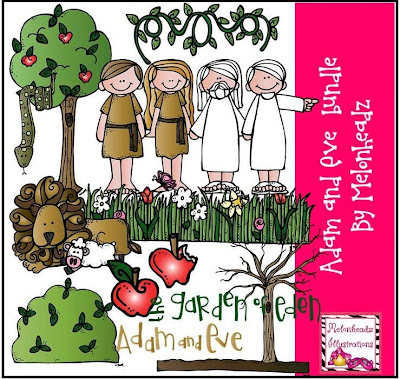We've read lots of children's poetry-- including my favorite Shel Silverstein. My kids can't seem to get enough of him this year!
I started out teaching this unit by reading "Writing Dino-mite Poems" in the Learn to Write series. This is a great tool for teaching writing. There is a teaching book with printables and a read-aloud book for each type of writing. You don't have to purchase the whole set. Individual books are sold at my local parent teacher store.
I've found that it's easiest to have structured poems for the kids to practice with each day. I bind these in a little book to take home. Click here to download a copy of my poetry book. Many of these poems were inspired from the Dino-mite Poetry book. Others were found online.
I hate that I let my kids take home their books without taking pictures first. I'll do my best to describe each poem with an example.
Animal Riddle Poem- inspired by "Shanna's Animal Riddles"
1st Line- one sentence describing animal
2nd Line- another sentence describing animal
3rd Line- It rhymes with ___
4th Line- sound or action word, repeated three times
5th Line- It is a (name of animal)
*Make sure children pick animals that have rhyming words!
How Do I Know?
Students should pick a time of day, a season, a month, or holiday to write about
Simile Poem
Students can pick any object to write about.
Spring Is...
First Line- Color or colors to describe something "springy"
Second Line- Name of object
Third Line- a phrase starting with -ing
Fourth Line- Any thought pertaining to topic
A few other sping ideas (bumblebees, flowers, butterflies, basketball, baseball, grass, sandals, dresses)
I Can
On each line, the children will tell something they can do like an animal
The Book of Poems also includes an acrostic and a free verse poem.
How do you teach poetry? I would love some new poems to try next year!








